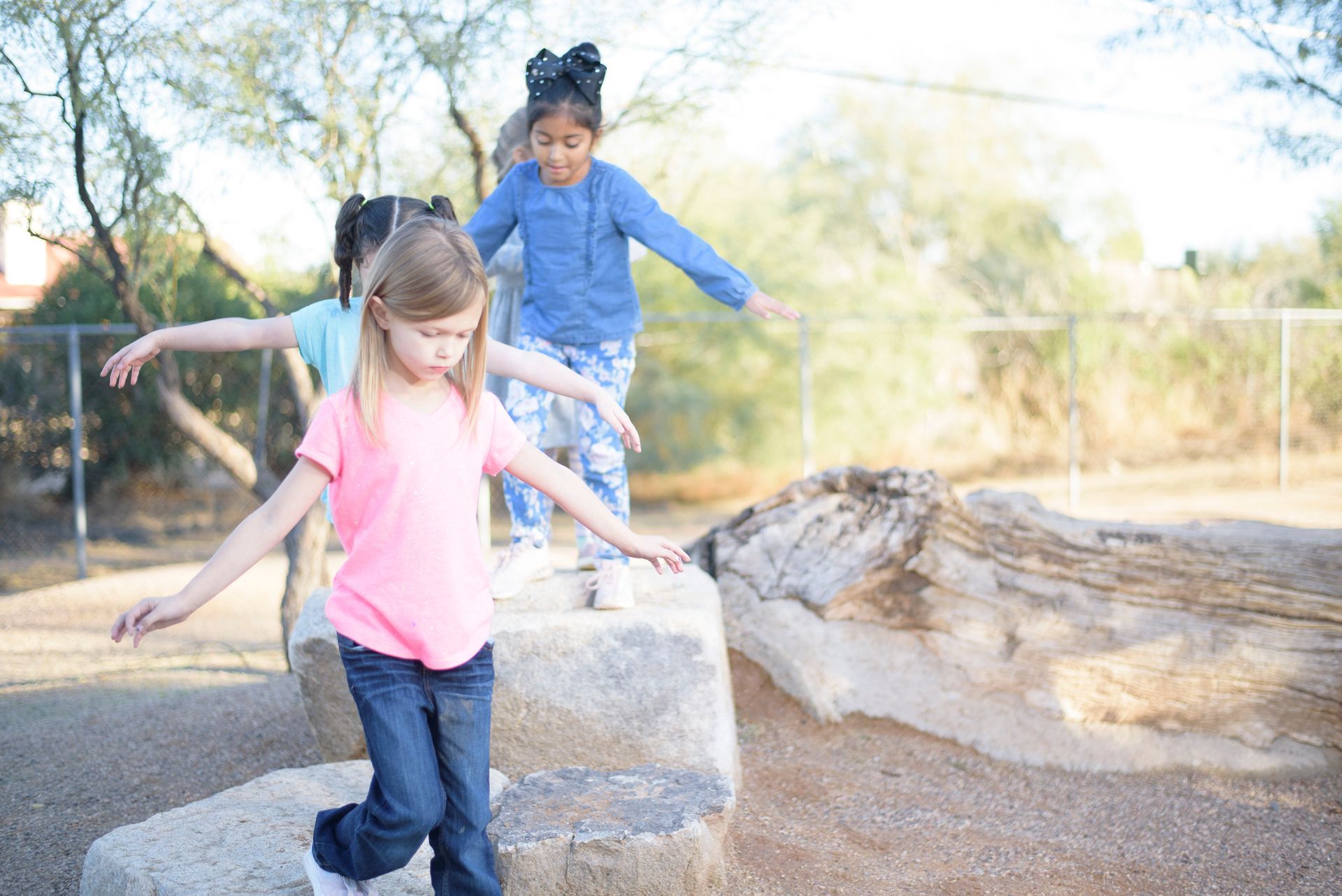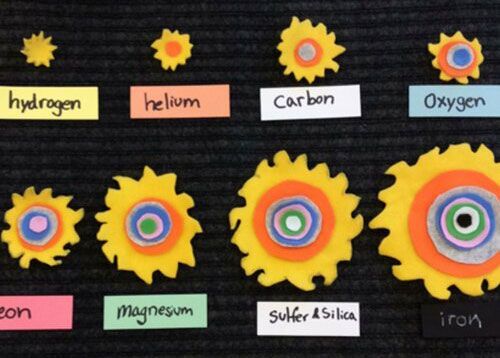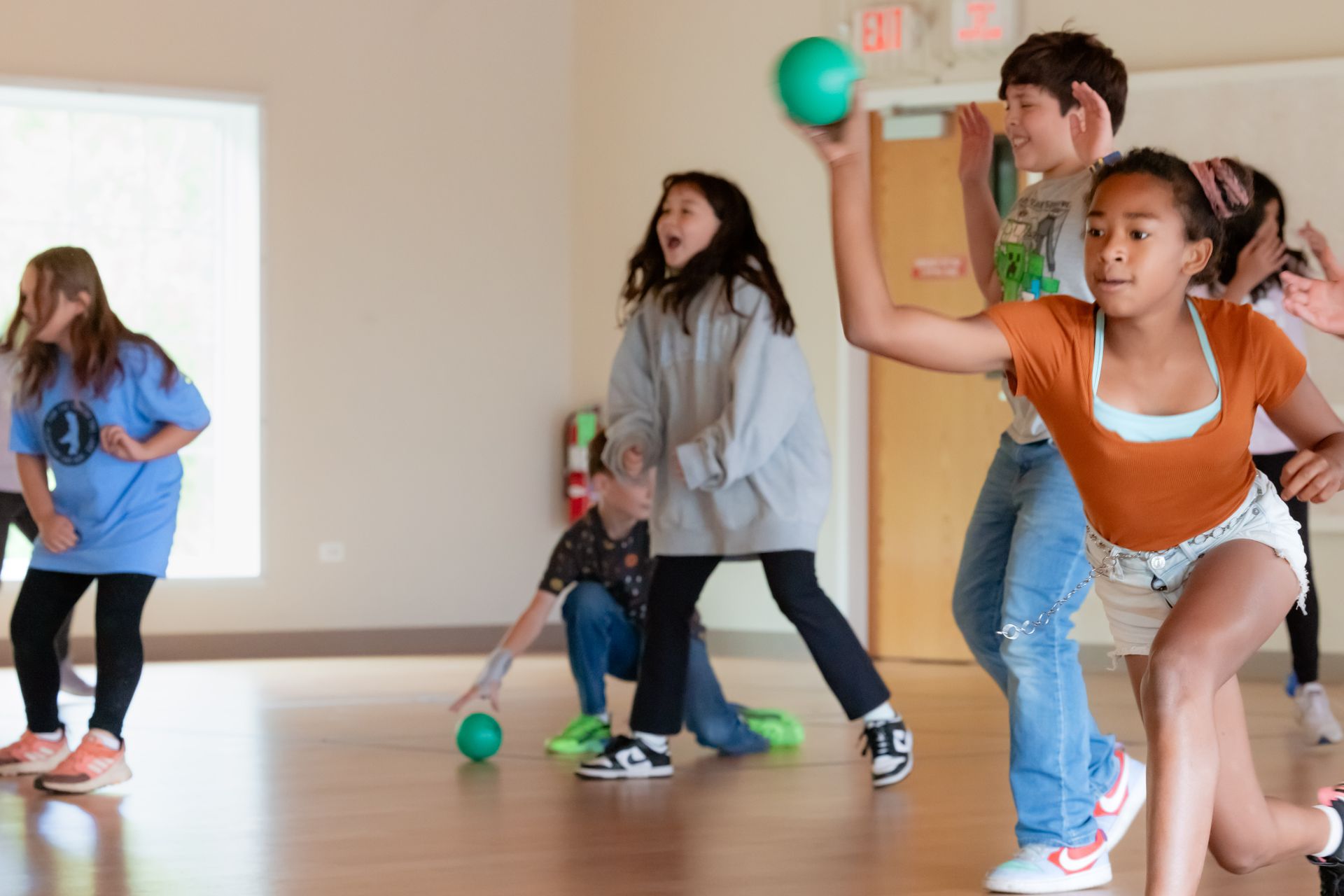Elementary
6 - 12 years
Classrooms are organized in two 3-year programs. The lower elementary class is for students ages 6-9 and the upper elementary for ages 9-12. Mixed-age classrooms offer a student the opportunity to be, at one point, a leader and, at other times, that of one observing or being guided by a teacher or peer. Small class sizes and two teachers lead to strong, enduring relationships.
From the Concrete to the Abstract
Children in lower elementary classrooms are bursting with questions and learning to discover answers independently. Upper elementary students take ownership of their lessons along with exploring subjects of their own volition. Elementary work is done using concrete Montessori materials, giving students clarity and depth in their understanding of concepts. Students shift to abstraction as mastery of concepts occurs.
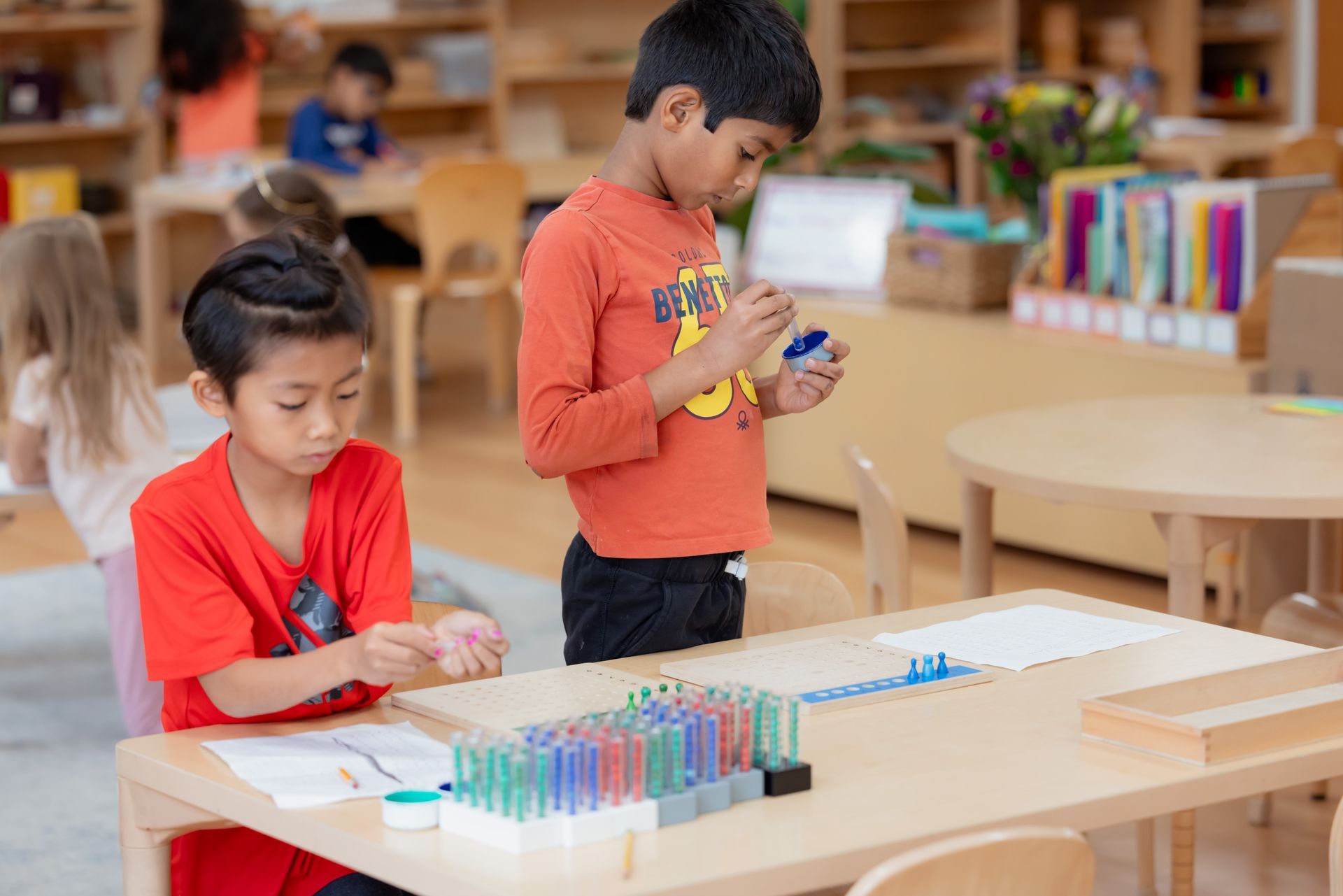
The "Great Stories"
The Montessori curriculum underscores the many ways in which our world is connected. The telling of the “Great Stories”, written years ago by Maria Montessori, ignite the students’ imaginations and prompt questions of how writing, reading, exploration and numbers began hundreds of years ago.
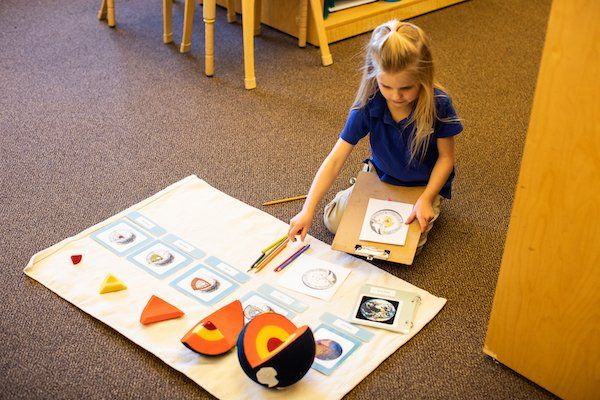
Mixed-aged Classrooms
Classrooms are organized in two 3-year programs. The lower elementary class is for students ages 6-9 and the upper elementary for ages 9-12. Mixed-age classrooms offer a student the opportunity to be, at one point, a leader and, at other times, that of one observing or being guided by a teacher or peer. Small class sizes and two teachers lead to strong, enduring relationships.
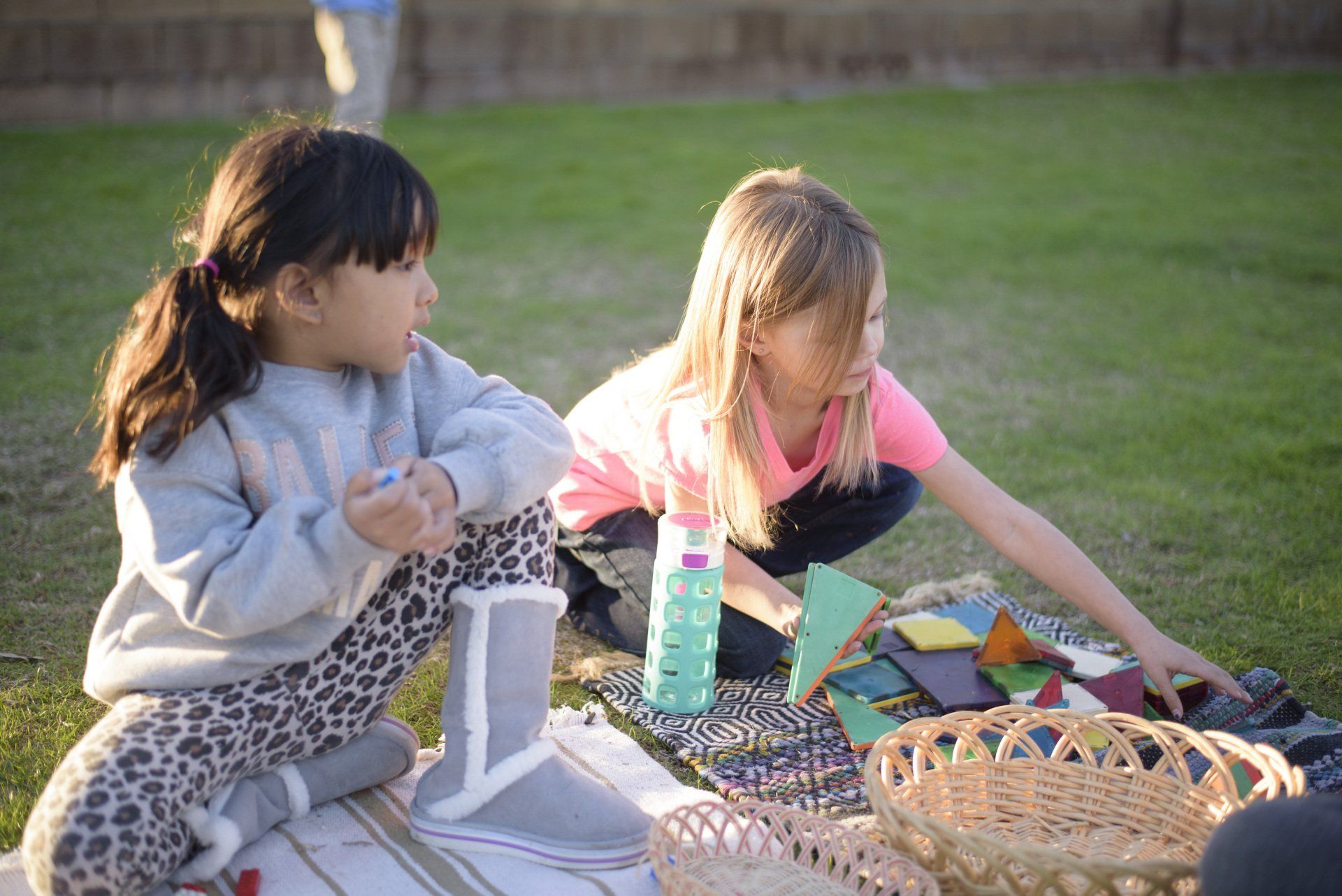
Elementary Curriculum
Mathematics
Students explore a broad range of concepts using Montessori materials. Concepts explored range from basic arithmetic operations, decimals, measurement, logic problems and algebra. Using concrete materials gives students a solid foundation from which to grow in order to apply math in the real world.
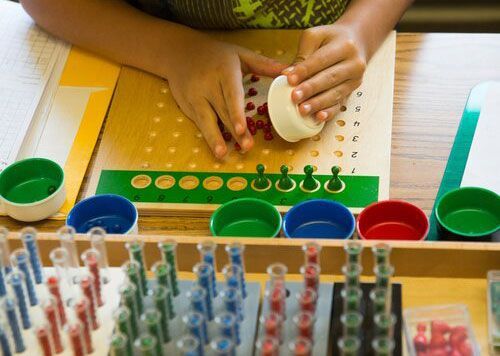
Language Arts
Language, in all its intricacies, is the thread that weaves through every aspect of the Montessori curriculum. Emphasis is placed on reading for clarity, comprehension and interpretation. Reading can be found in every component of the classroom. Time spent reading fuels a student’s curiosity, satisfying one’s sense of adventure and leading them into writing poetry, narratives, stories and expository essays.
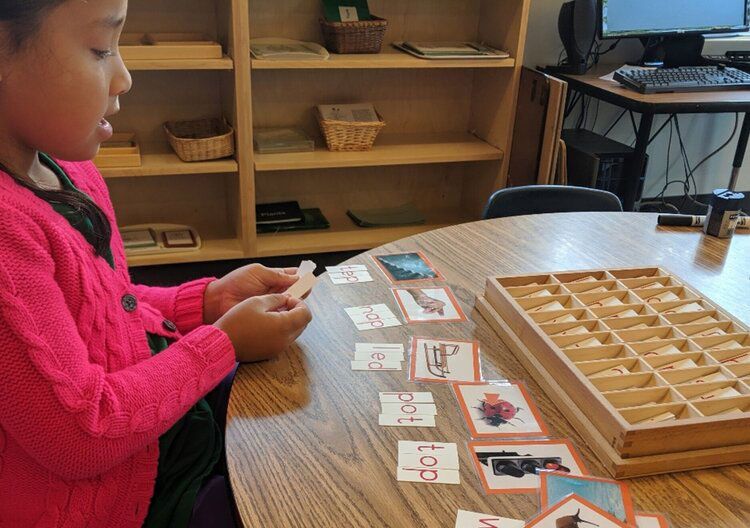
Science
Students accomplish studies in biology by experimenting and observing plants and animals in order to understand their basic needs and to enable them to classify the life forms. A great deal of self- directed research is completed at the elementary level. Additionally, teachers engage students in the areas of physical science and chemistry.
History
History begins with the passage of time and is connected to the changes that occur geologically, geographically and biologically. The concept of people’s lives is explored through the history of early humans and the progress of civilizations. Learning about basic human needs gives students a global and human understanding. The retelling of stories from Montessori’s ‘Great Lessons’ and learning the biographical vignettes of those who came before us stimulates students’ imaginations and promotes inquiry.
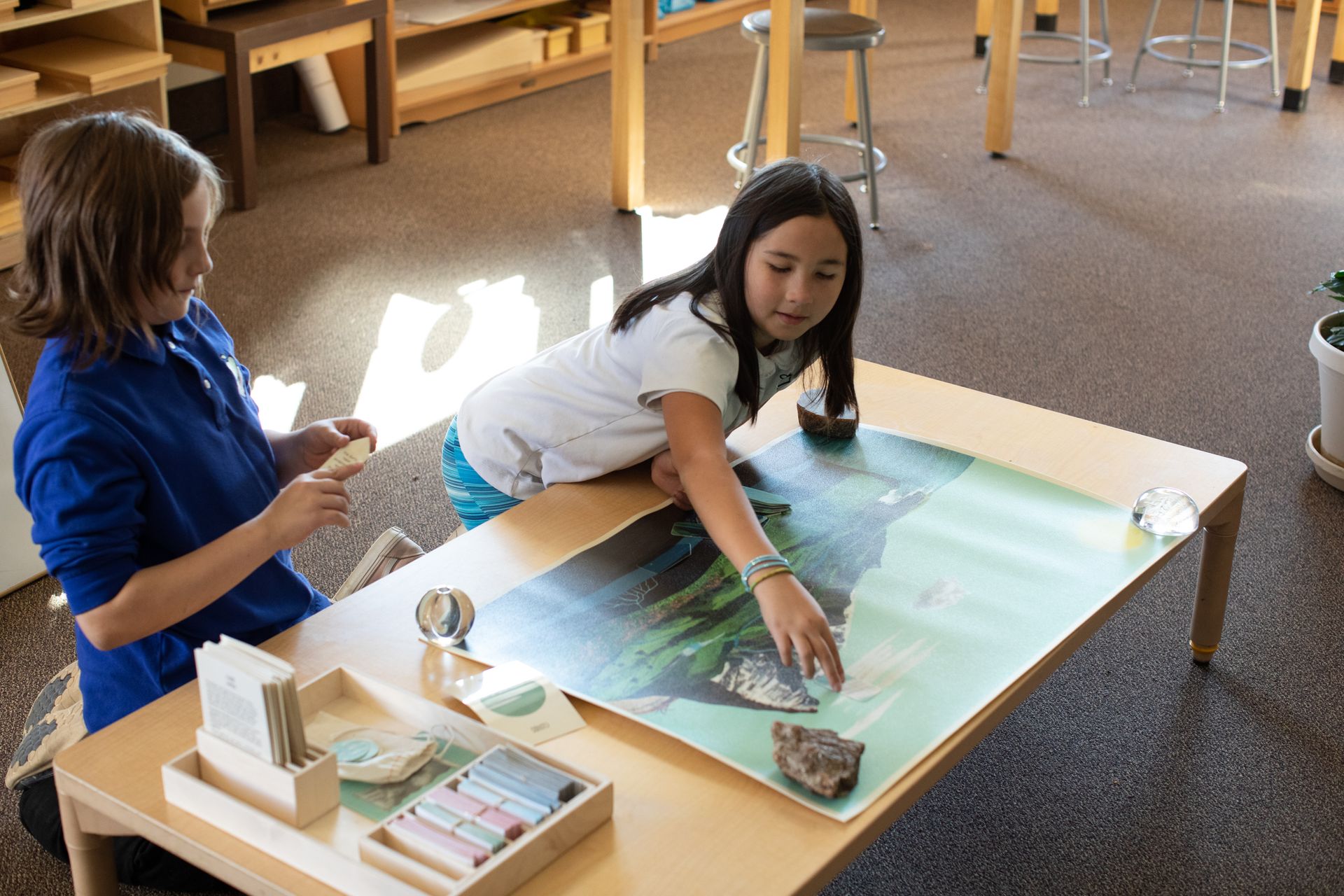
Geography
The study of geography is initially sparked through a lesson on how the Universe began. Students are guided through physical, political and human geography where they learn about the solar system, global geography, earth sciences and how the physical factors, like rivers, mountains, and weather influence people’s lives.
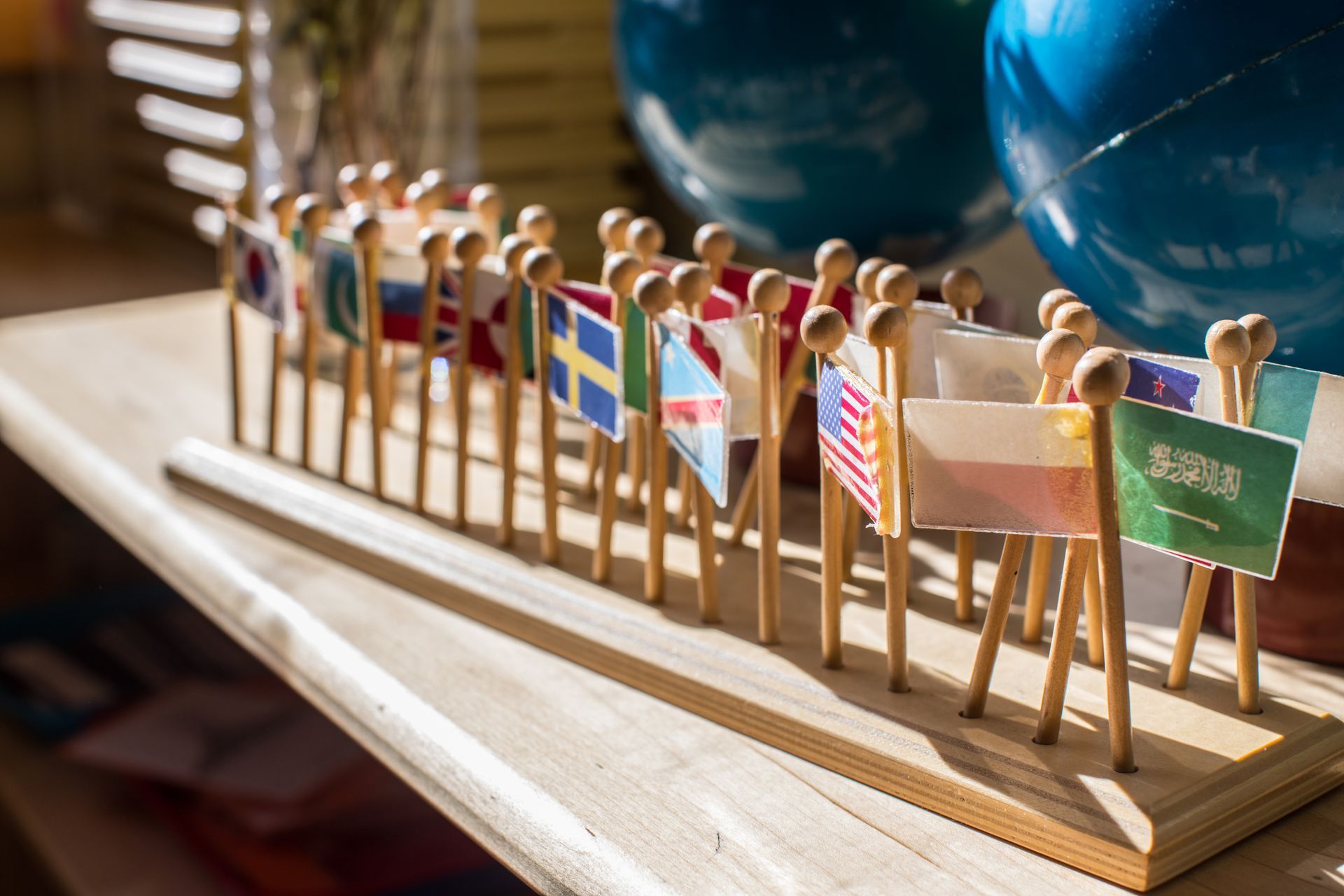
Geometry
Geometry is the study of physical shapes in the world around us. The students begin by experimenting with concrete materials which leads to identifying, comparing, and learning their parts. Students proceed to study the types of lines and angles, leading to the discovery of congruency, similarity and equivalency through the use of materials. In the upper elementary class students discover formulas to calculate the area of plane figures, the volume of solids and the relationship of geometric figures.

Enrichment Classes
Spanish
Specialists meet with students twice a week in small groups, to immerse them in the language and cultures of Latin America and Spain. Developing the students vocabulary, conversation, and a understanding of Spanish grammar.
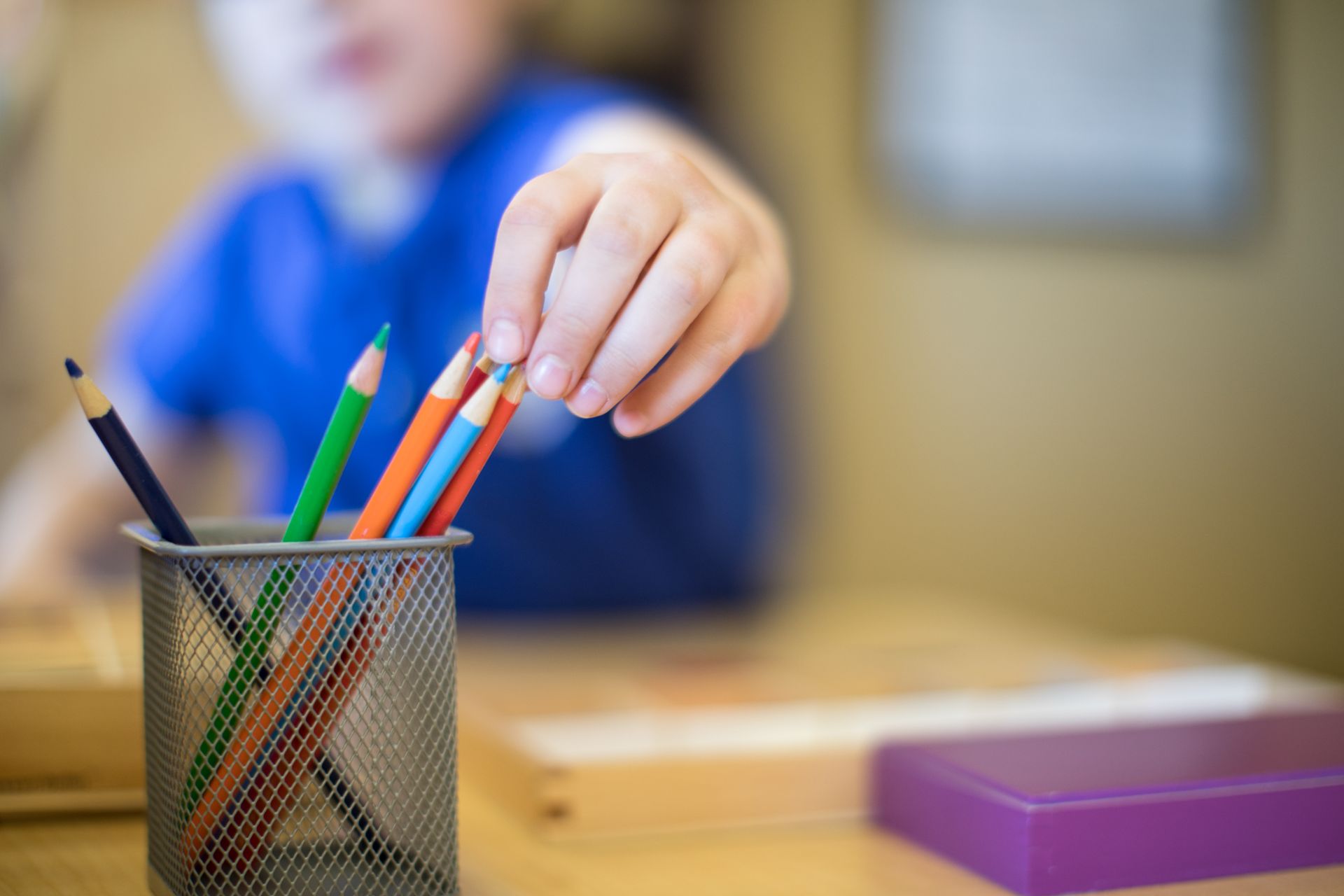
Science
Specialists takes students further in fields of physical science and chemistry. Students while conducting science experiments, observe and record conclusions.The use of materials and open ended inquiry brings students to explore possibilities and encourage research.
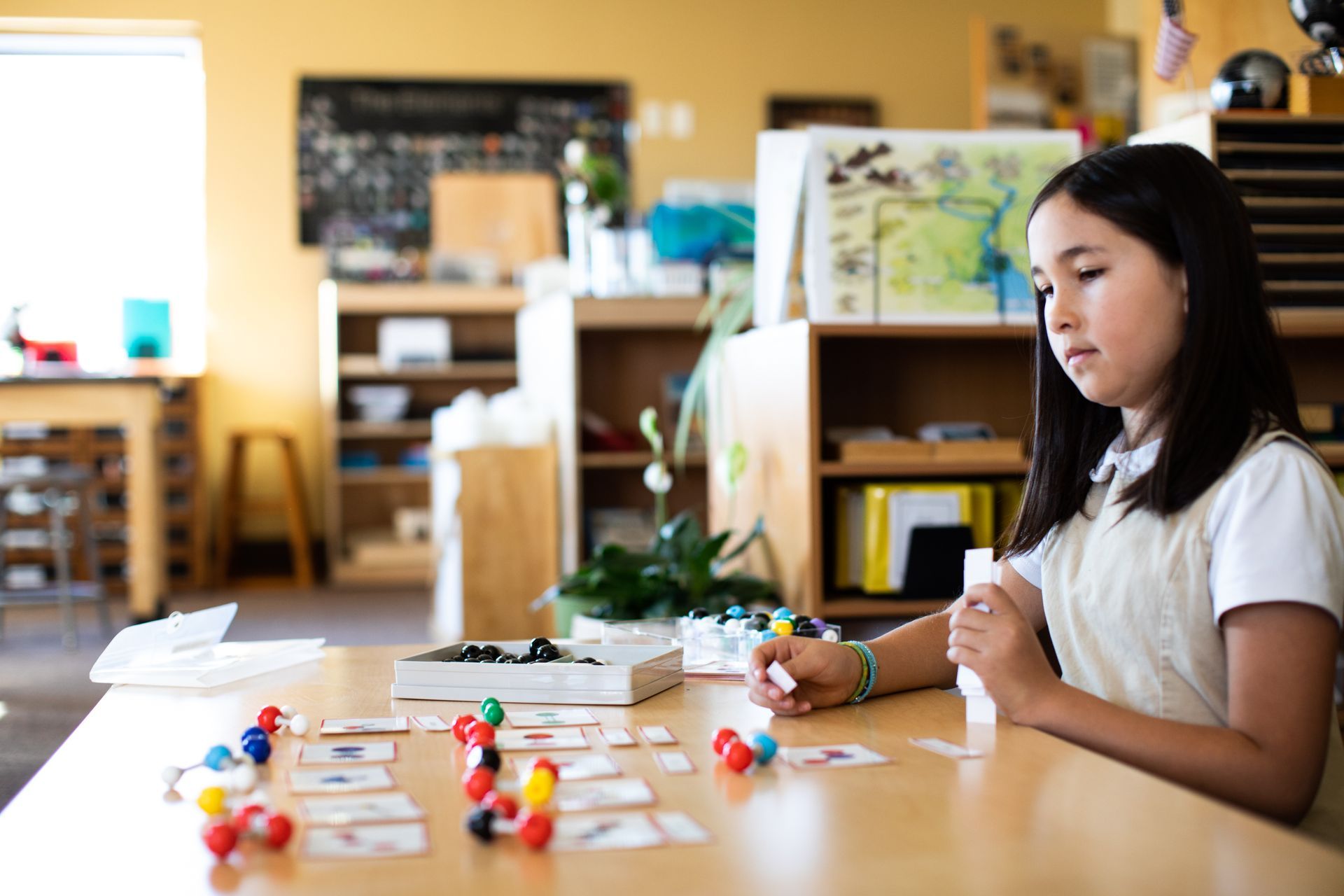
Drama
Specialists bring energy and expertise to the classroom during drama class. In the spring students combine their talents for the annual play. The curriculum focuses on physical awareness, collaboration, using ones voice and fostering confidence. Through games, stories and literature students encounter various elements of dramatic expression.
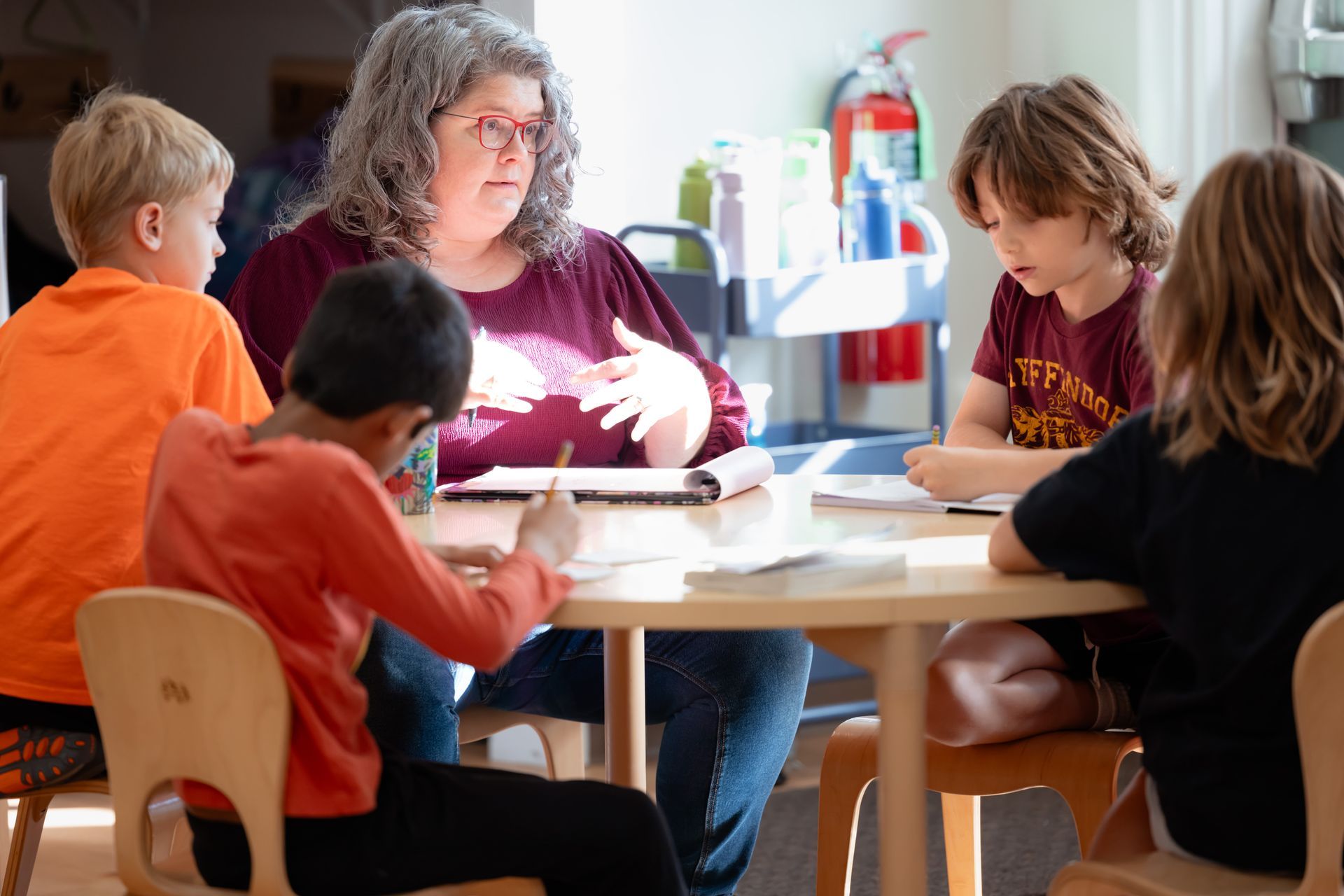
Music
Classes are diverse, weaving together music and instruments from different periods and cultures. Students learn musical notation, sing and have the opportunity to play a variety of instruments.Winter and spring bring evening performances highlighting the musical talents of the students.
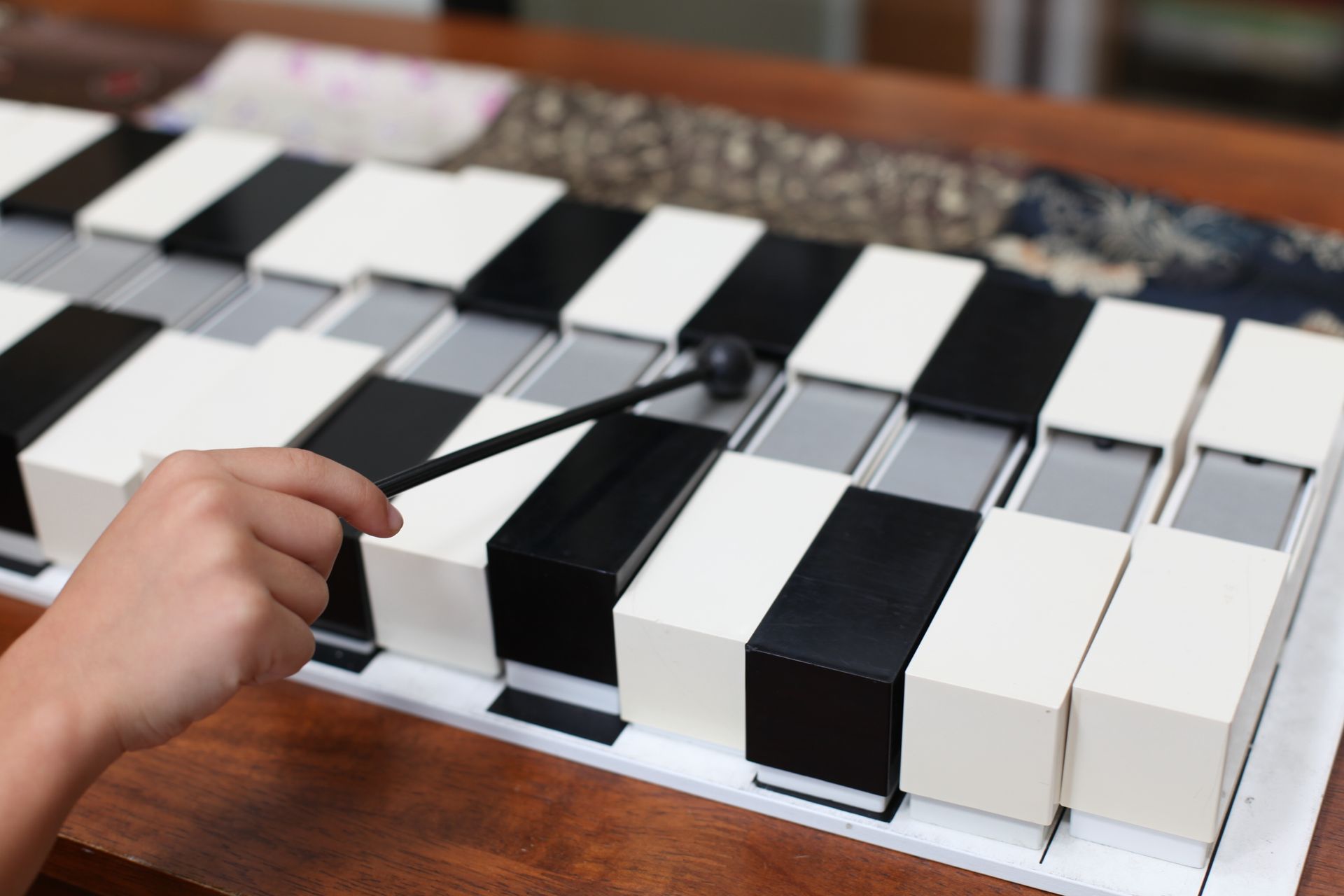
Activity Club
Before and after-school care program
Activity Club is the before and after-school care program. Additionally, a regular scheduled day is offered on certain days when school is closed. On days when school is in session, Activity Club operates in the mornings from 7:30 am to 8:30 am and in the afternoons from 2:45 pm to 5:45 pm.
